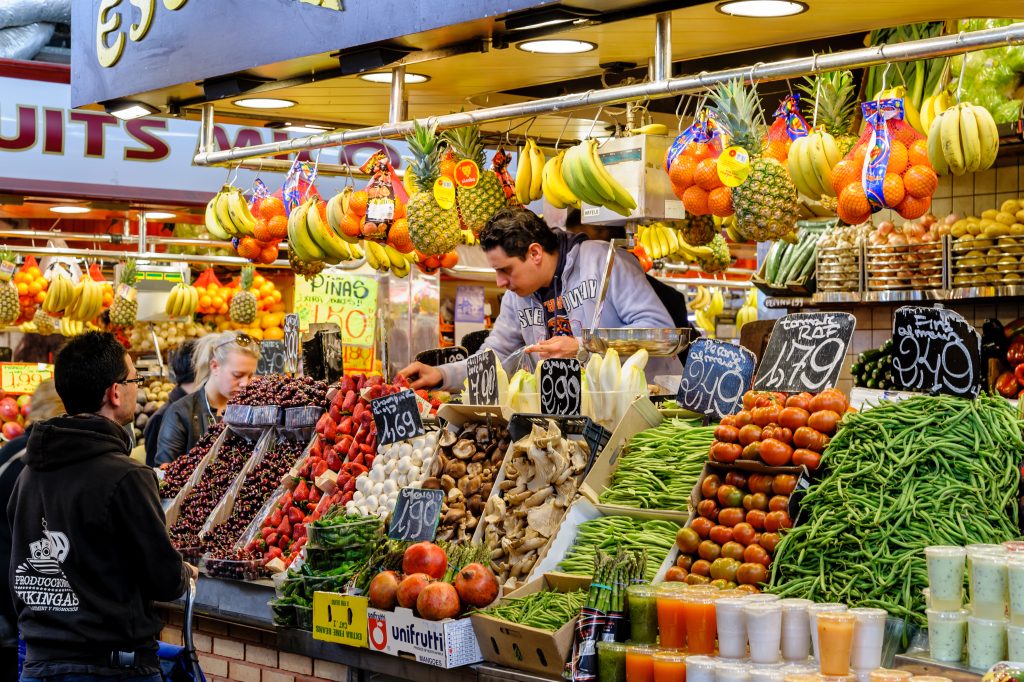East Africa, where over 60% of the population is engaged in agriculture, is at the crossroads of a severe food crisis. Experts are sounding the alarm on escalating food insecurity, primarily attributed to climate change. But the question arises: How can countries with a significant agricultural workforce face food security challenges?
Climate change’s tangible effects in East Africa include rising temperatures, unpredictable rainfall patterns, and extreme weather events. Jean Baptiste Havugimana, from the East African Community (EAC) secretariat, highlights the erratic weather patterns, expressing concerns about the sufficiency of rains in upcoming seasons.
These unpredictable rains can lead to flooding and drought, affecting crop yields, produce quality, and the livelihoods of millions. A group of cyclists is touring the region, witnessing the impact of climate change and educating communities. Their journey fosters a sense of collective responsibility and encourages sustainable practices, emphasizing the importance of grassroots movements in driving change.
Also, Read about a significant move: US Injects $12 Billion into Tanzania’s Food Security.
Max Middeke from GIZ, a German aid agency, underscores the direct link between climate change and food insecurity. Harvest failures and livestock losses strain the food chain, driving up prices and making necessities unaffordable for many. Climate change generates considerable uncertainty about future water availability in many regions. It will affect precipitation, runoff, and snow/ice melt, affecting hydrological systems, water quality, water temperature, and groundwater recharge.
In many regions of the world, increased water scarcity under climate change will present a significant challenge for climate adaptation. Sea-level rise will affect the salinity of surface and groundwater in coastal areas. Climate change is likely to affect the frequency and intensity of extreme events. The magnitude of the impacts of extreme events on agriculture is already high.
FAO’s recent analysis of 78 post-disaster needs assessments in 48 developing countries spanning the 2003–2013 period shows that 25 percent of all economic losses and damages inflicted by medium- and large-scale climate hazards such as droughts, floods and storms in developing countries affect the agriculture sectors.
While climate change plays a significant role, other factors contribute to food insecurity. Violent conflicts disrupt farming, displace communities, and strain resources. The global economic environment, with its fluctuations in food prices and trade barriers, further complicates the situation.
Modern Agricultural Practices: The Need for Innovation
Jennifer Gathie emphasizes the need for modern agricultural practices. With traditional farming becoming less viable due to changing weather patterns, innovations like irrigation systems, rainwater harvesting, and climate-smart agriculture are crucial. Dr. Musa Chacha points to human activities, such as deforestation and industrial emissions, as significant contributors to climate change.
Renewable energies offer a sustainable alternative, mitigating the adverse effects of human actions. Reports from organizations like the Esaff provide insights into the multi-dimensional challenges faced by the region. Countries like DR Congo and South Sudan exemplify how climate change, conflicts, and economic difficulties can lead to a severe food crisis.
It’s a paradox that countries with most of their population engaged in agriculture face food security challenges. Several factors contribute to this:
- Over-reliance on Traditional Farming: Many farmers still rely on age-old farming techniques, which may not be efficient in changing climatic conditions.
- Lack of Access to Modern Technology: Modern farming equipment and techniques can significantly boost yields but are often out of reach for many small-scale farmers.
- Post-Harvest Losses: A significant portion of the harvest is lost before it reaches the market due to inadequate storage and transportation facilities.
- Economic Challenges: Fluctuating market prices, lack of access to credit, and high interest rates can make investing in their farms challenging.
- Land Issues: Land degradation, disputes, and lack of clear land ownership policies can hinder agricultural productivity.
Generally, East Africa’s situation underscores the need for a holistic approach, encompassing immediate relief measures, long-term strategies, and re-evaluating existing agricultural practices. While the challenges are manifold, the region can pave the way toward a food-secure future with collective effort and international cooperation.

